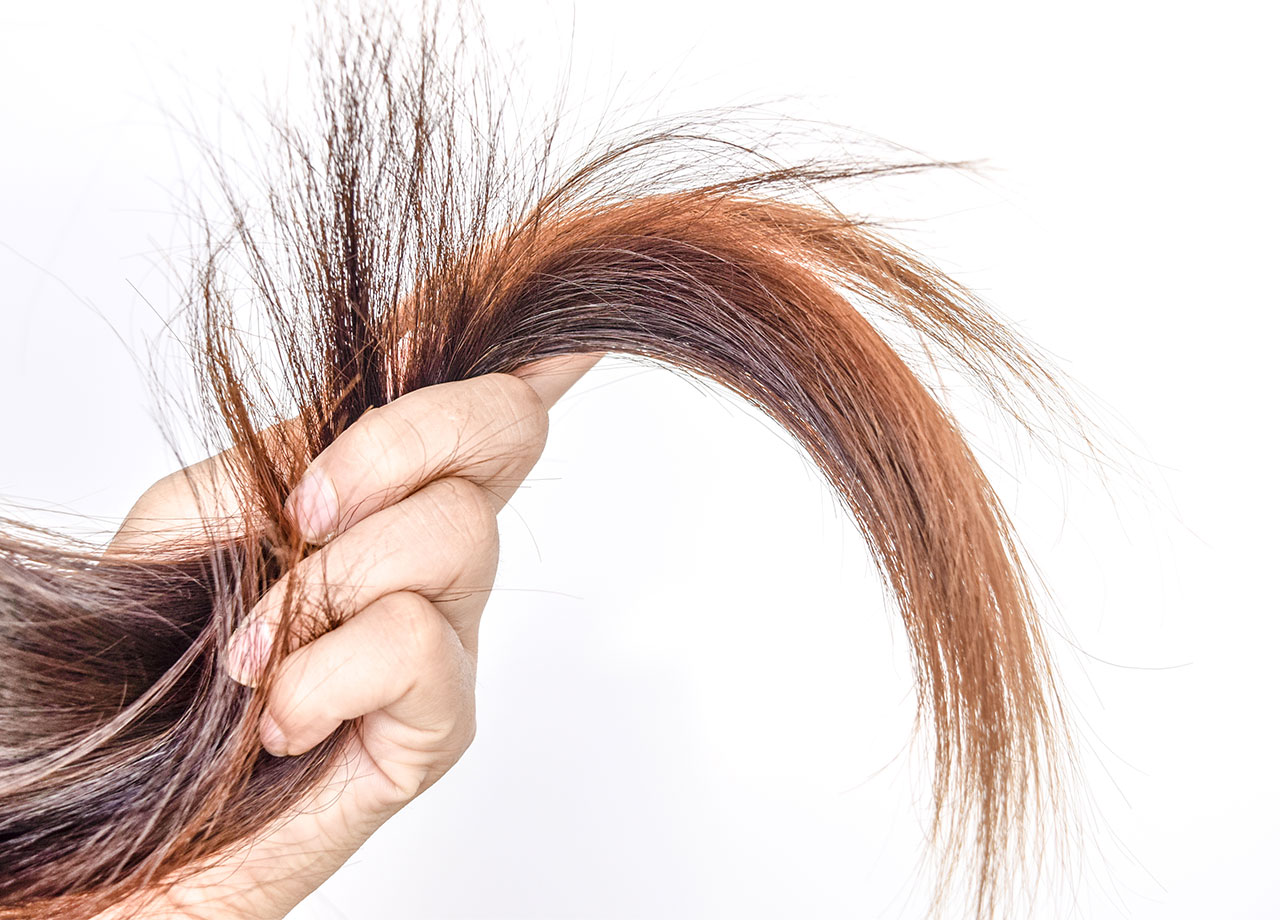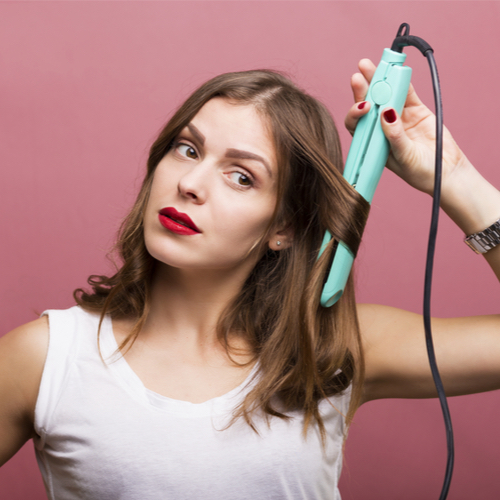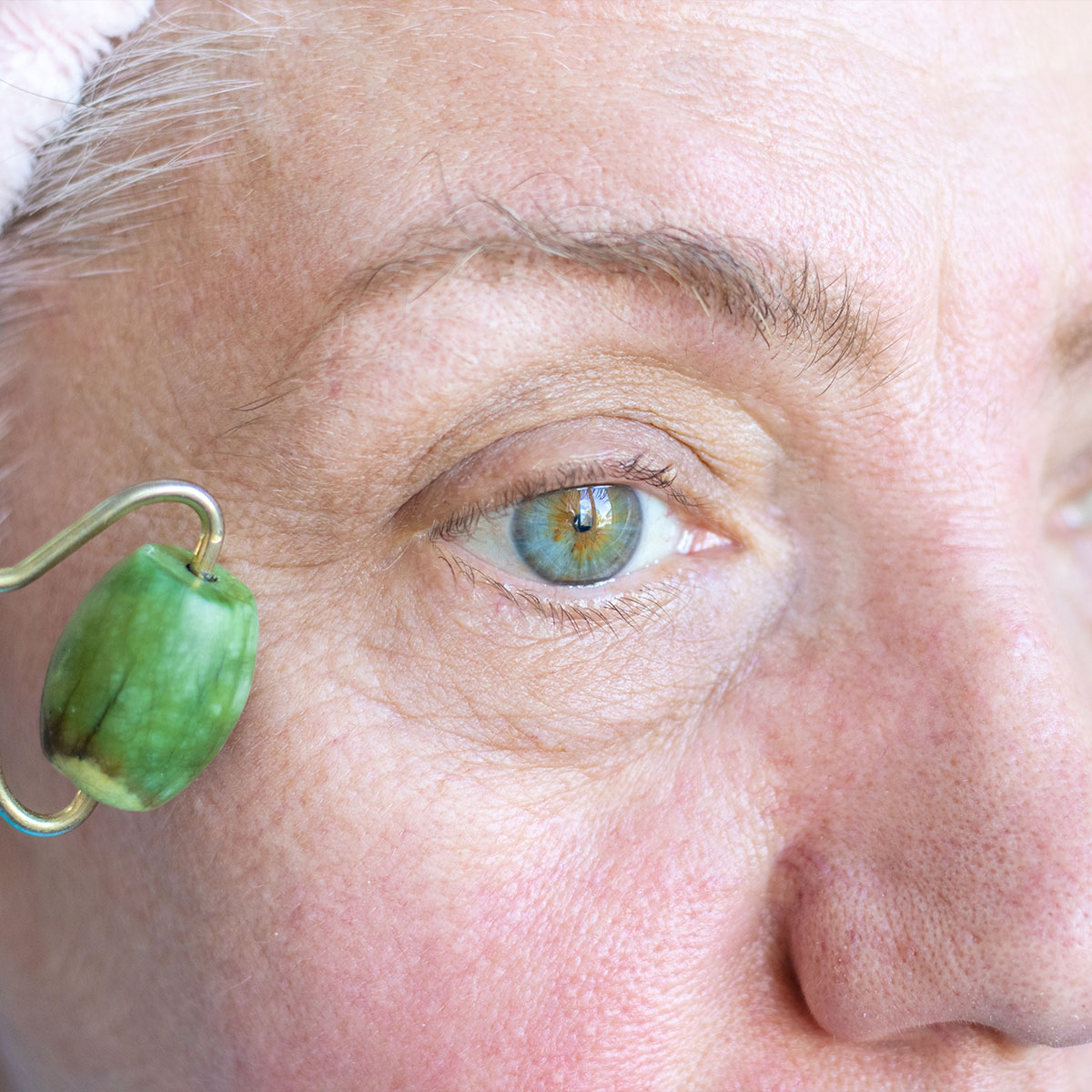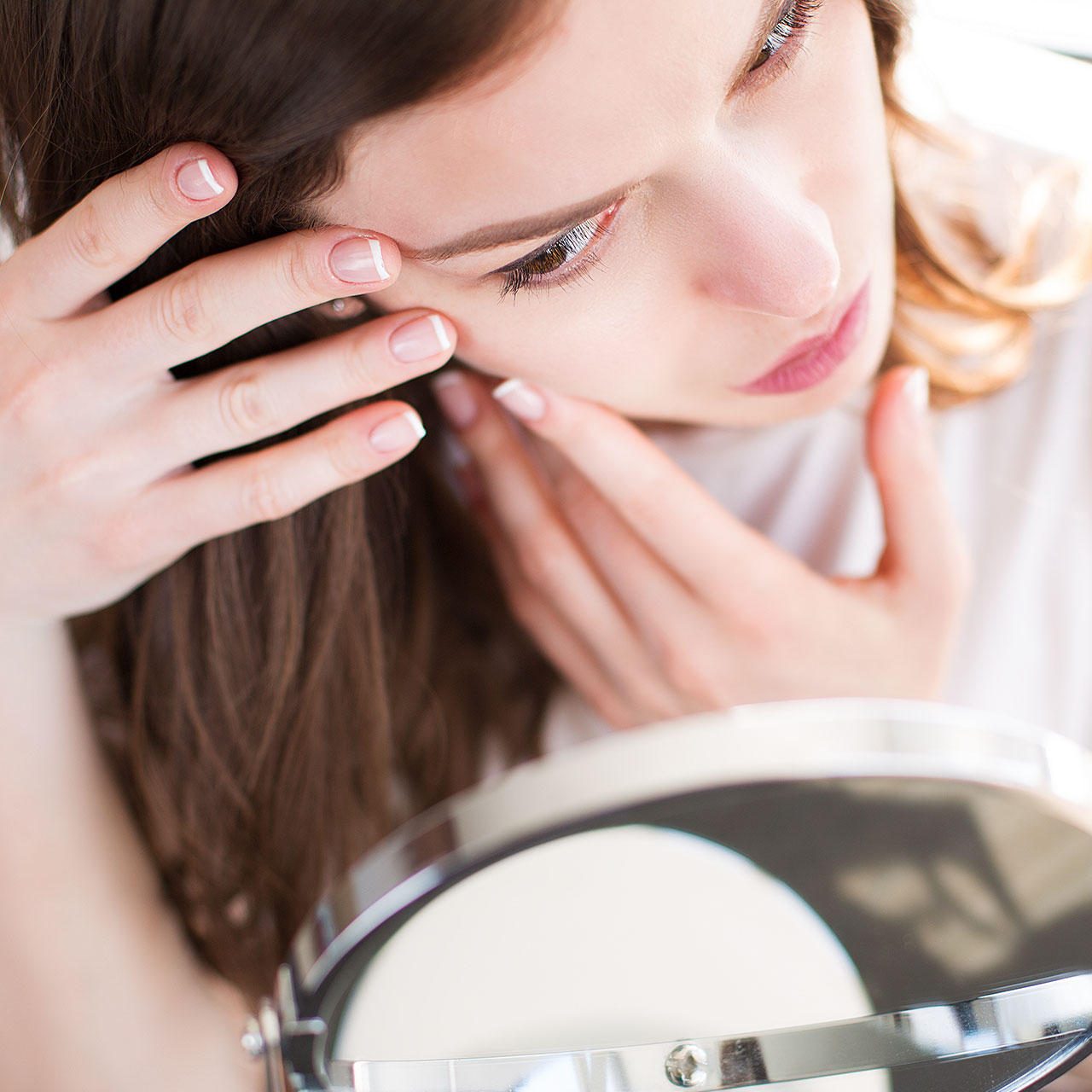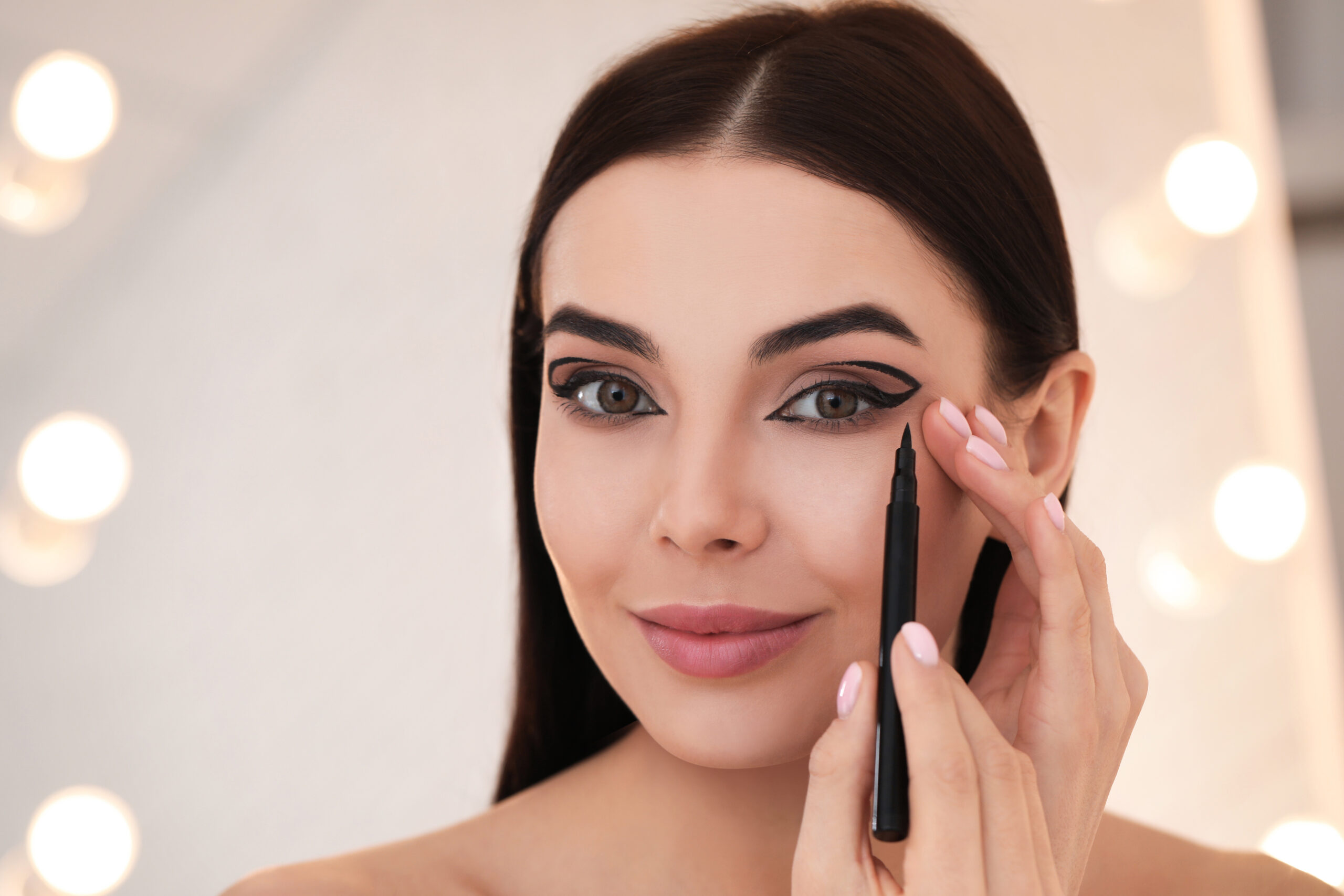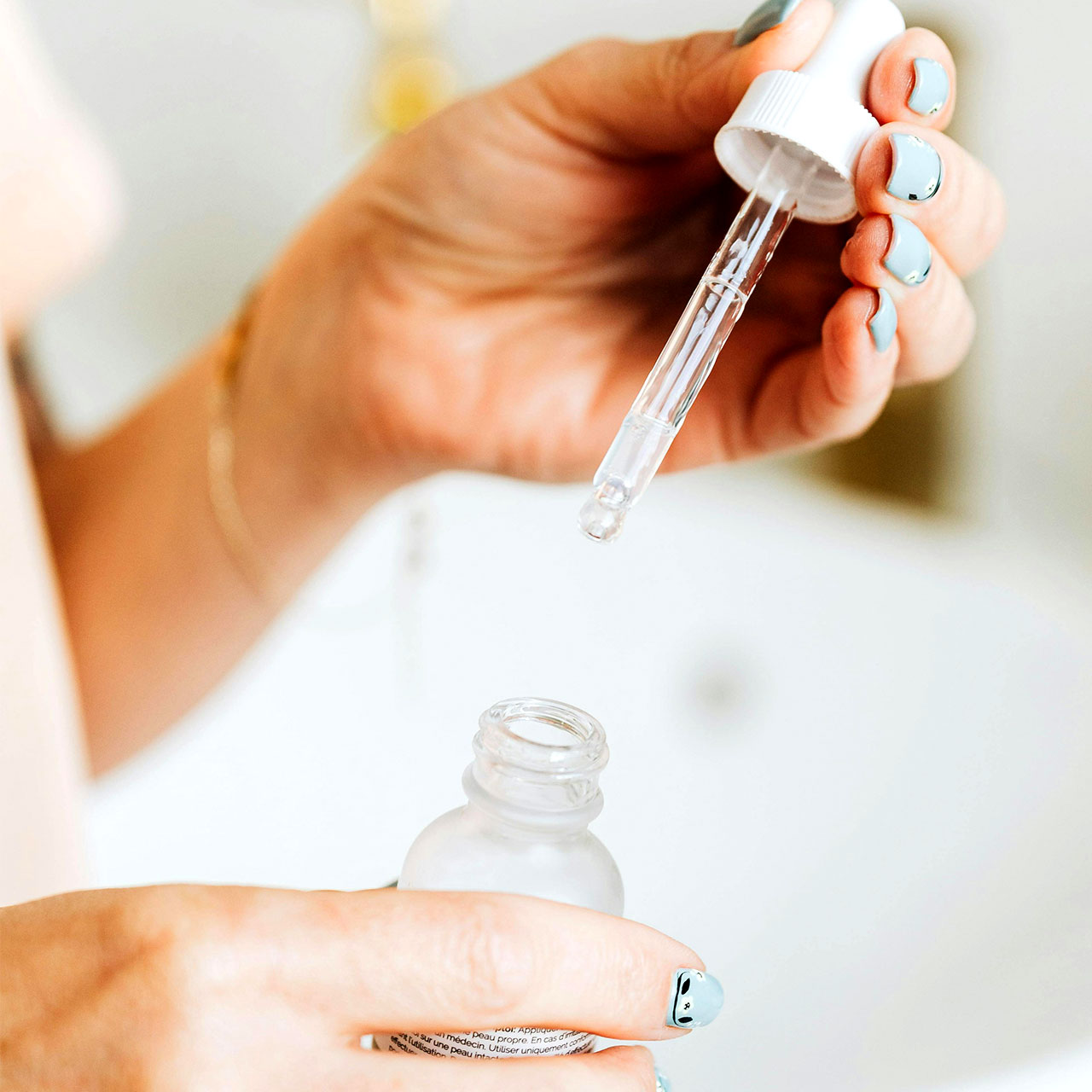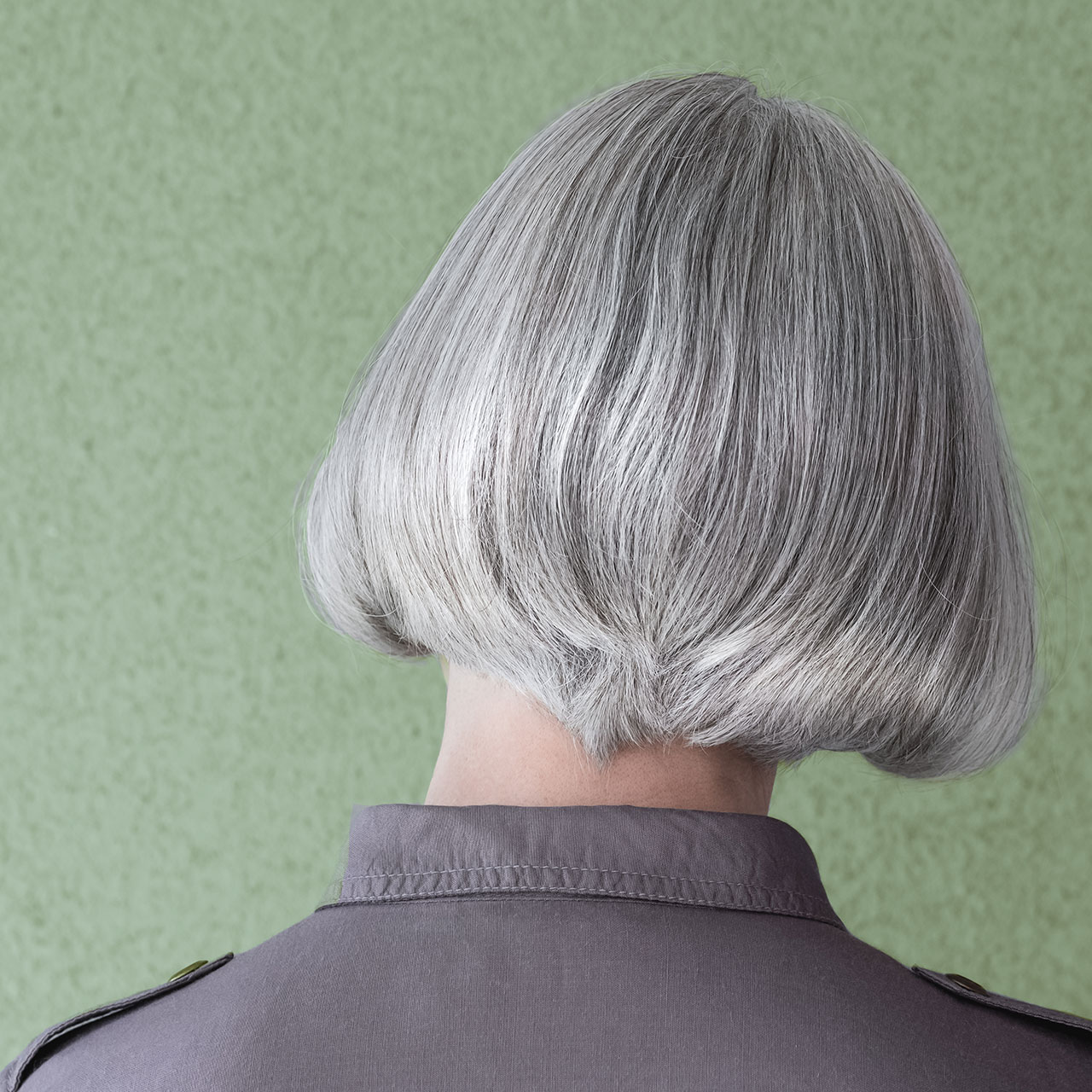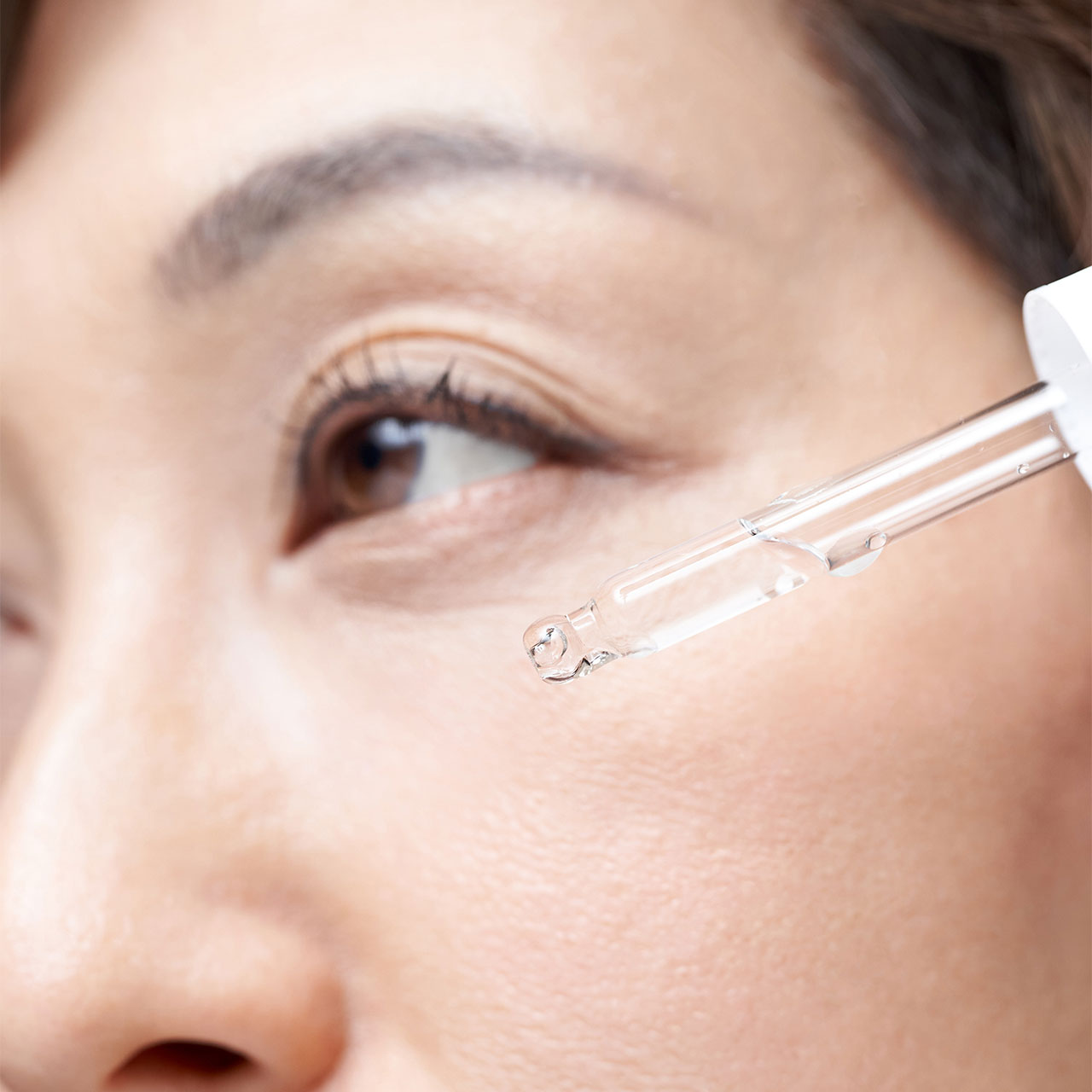This is an archived article and the information in the story may be outdated. Please check the time stamp on the story to see when it was updated last.
From curling to straightening and even using a blow dryer, heat styling is one of the most commonly practiced methods of achieving a great hair day. We’ve been told time and time again since we first began excessively straightening our hair in middle school that it’s important to use heat protection to keep our strands safe from damage, but over the years it’s possible that this habit slipped as a priority, and morning after morning we’ve applied heat to our delicate hair without a second thought.
Hair fallout is a common beauty struggle caused by a number of variables, but the reality is that if you’re skimping on heat protectant, you could be making the issue even worse. We asked hair experts to explain exactly what happens when heat protectant is skipped over an extended period of time, and the answer will likely make you go out and get yourself a new bottle.


When you apply heat to your hair, the high temperature puts you delicate strands in distress, burning the follicles and thinning out your hair over time. Repeatedly curling or straightening your hair expedites the breakage process, as it can leave your strands brittle and weak. The function of heat protectant is to coat your hair, acting as a barrier from the heat, so when it’s skipped your strands are subject to even more strain.
“Each individual hair shaft has a cuticle on the outside. When it’s warm, whether it’s warm water, or warm weather, or a heat tool, it lifts the cuticle opening and exposing the inside of the hair, and potentially encouraging all of the hydration out of the hair strand,” explains licensed barber and cosmetologist, Madison Dufour. “If you burn the outside of the cuticle of each hair shaft, the hair then has no shield to protect the inside of your hair. Thus using heat protection is very important.”
In order to protect the cuticle it’s important to use a heat protectant which will also maintain the integrity of the core of your hair. “What heat protectant does is it creates a layer over the cuticle that will burn off with the heat rather than the cuticle itself burning off from the heat tool. And some heat protectant once warm creates another sheen on top of the hair so when a person is done using the heat tool the hair is smooth and shiny,” explains Dufour. Essentially heat protectant is an added barrier between your hot tool and the strands themselves, and considering how thin and fragile hair can be, skipping out on this barrier can cause your locks to fry and eventually become more prone to fallout and thinning.

While it is not recommended to use heat on your hair everyday, if you do plan on doing so, heat protection is vital for maintaining the health of your locks. Spritzing it across wet hair will keep your strands safe even from blow drying, so don’t think that just because you aren’t applying the heat directly to the cuticle you can skip out on this step.
“You really want to focus on the tips or whatever areas are going to take the heat. When you use heat temperatures that are too high close to the scalp, it can cause damage to the hair follicles and thinning,” explains hair expert Ghanima Abdullah. She also notes that unless you’re blow drying your hair and making sure to keep the dryer at least a foot away, you should never apply heat to wet strands as this may cause bubbles to develop within the hair shaft, creating irreparable damage.
In order to consistently have a good hair day it’s important to actually take care of your strands and make sure that you’re protecting them from damage that can impact their appearance and longevity. Hair fallout and thinning may come from stress, genetics, or certain medications, but one cause that is completely within your control is heat damage. Making sure to use heat protectant each time you style your locks is essential for keeping fallout at bay while making your strands shiny and sleek so you can feel confident in your appearance without compromising the health of your hair.


